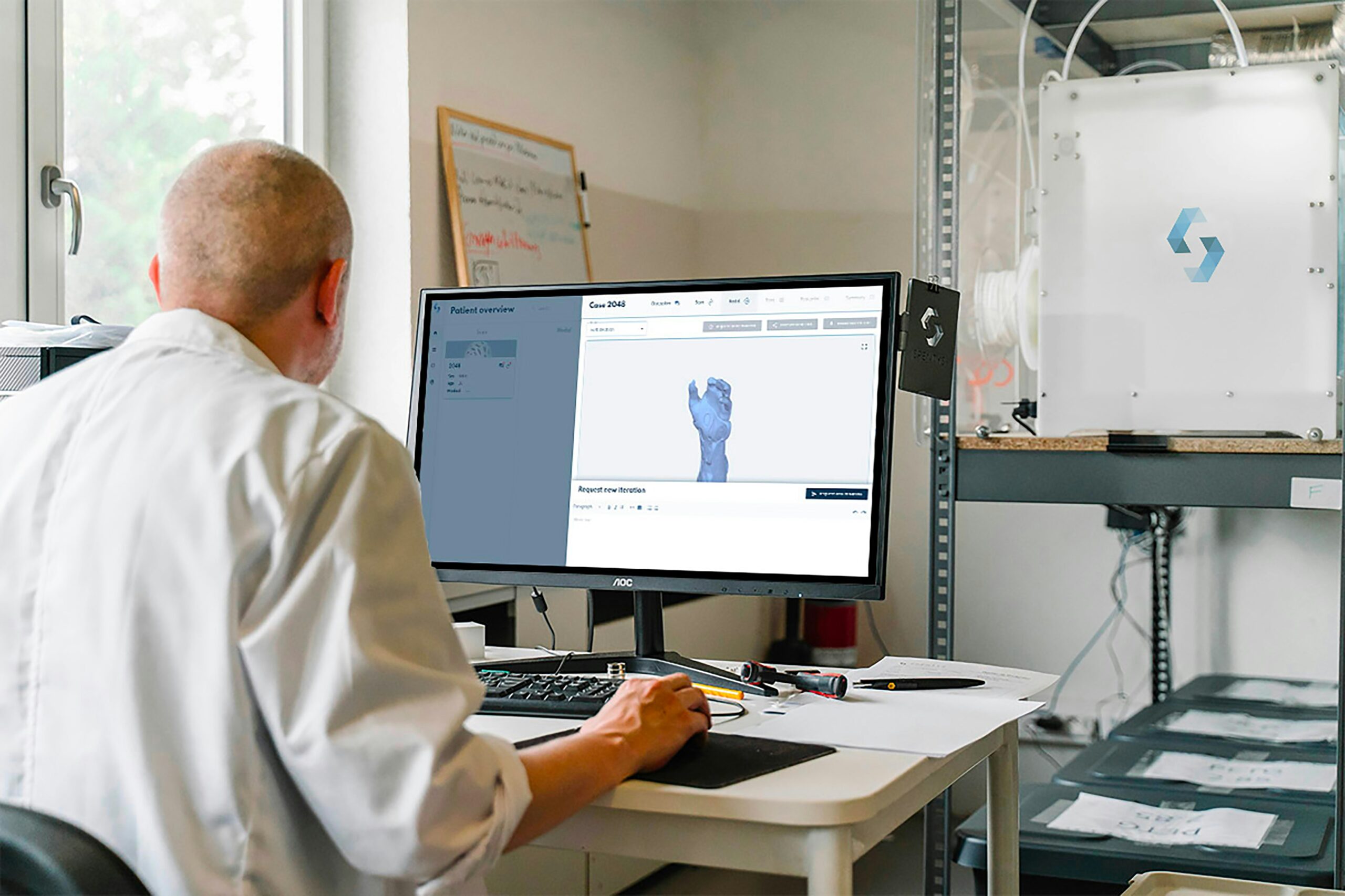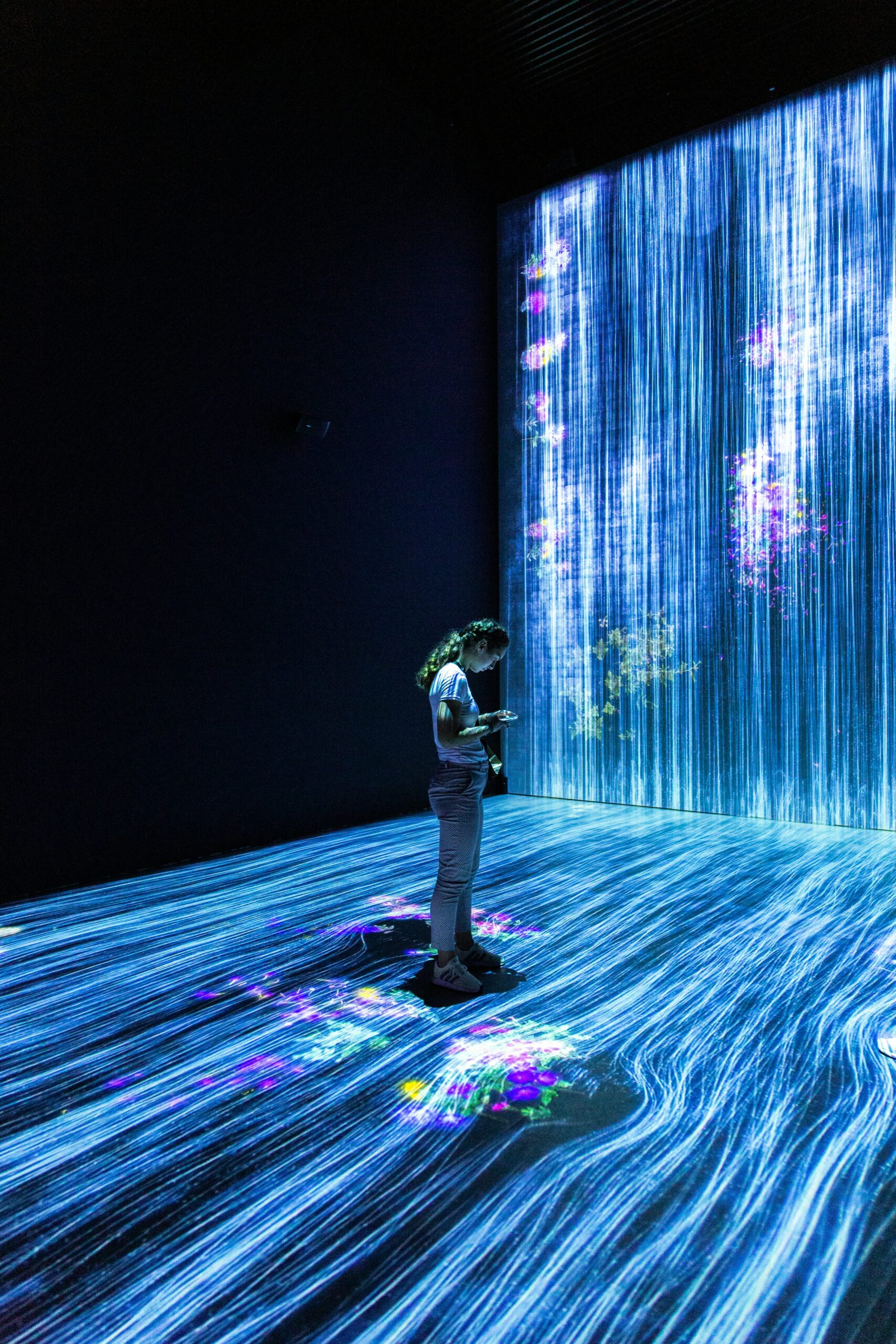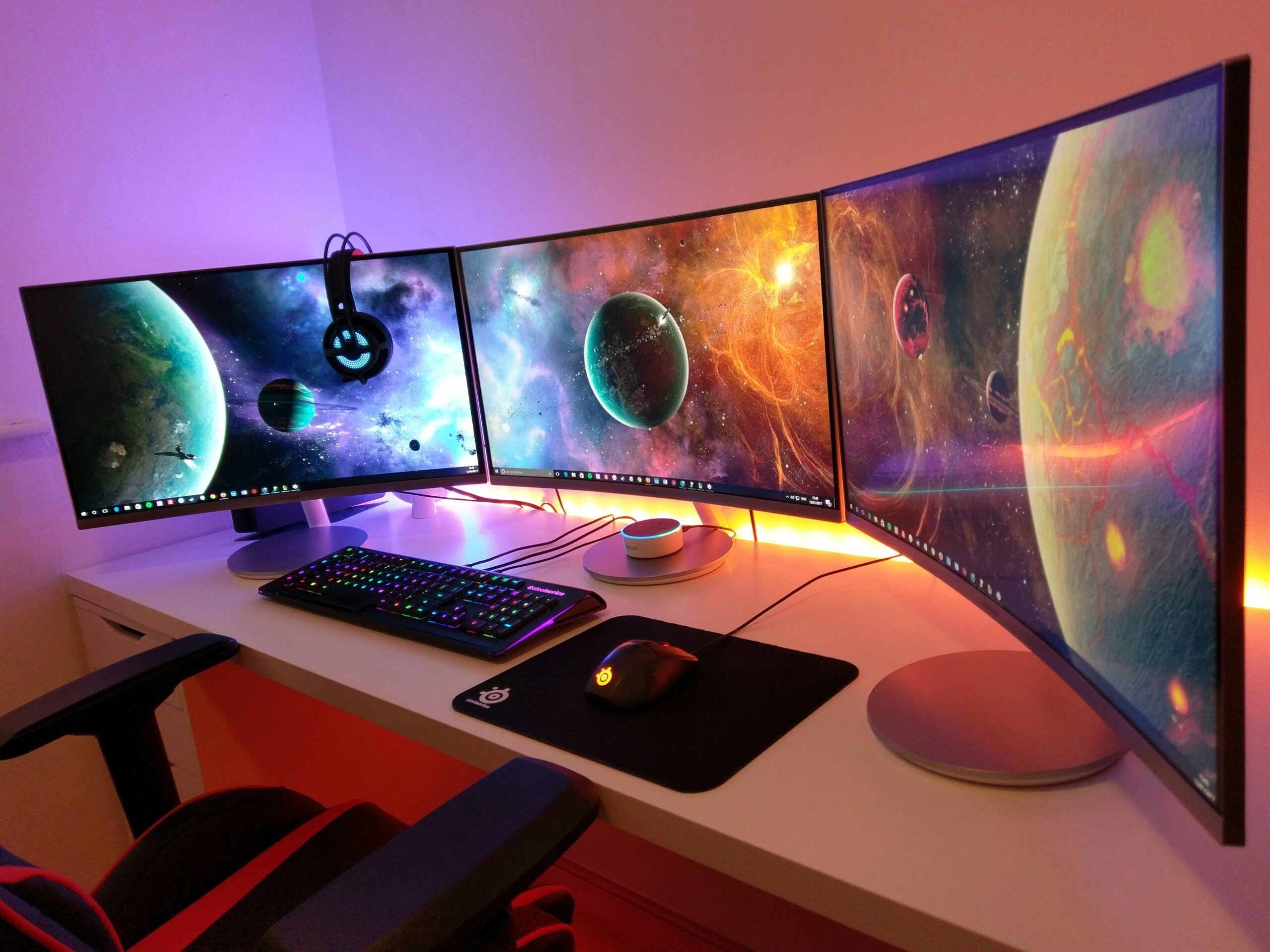Introduction to 3D Modeling: Creating Objects and Scenes in Three Dimensions

What is 3D Modeling?
3D modeling is the process of creating three-dimensional objects and scenes using specialized software. It allows you to bring your ideas to life by designing and visualizing objects in a virtual space. With 3D modeling, you can create realistic representations of objects, characters, environments, and much more.
Why Use 3D Modeling?
3D modeling has become an essential tool in various industries, including animation, gaming, architecture, product design, and visual effects. It offers a range of benefits, such as:
- Visualization: 3D models provide a realistic representation of objects, helping you visualize your designs before they are built or implemented.
- Flexibility: With 3D modeling, you can easily modify and iterate on your designs, making it a versatile tool for design exploration.
- Efficiency: By creating virtual models, you can save time and resources by testing and refining your designs in a virtual environment.
- Communication: 3D models can effectively communicate complex ideas and concepts, making it easier to convey your vision to clients, stakeholders, or team members.
The Process of 3D Modeling
Creating a 3D model involves several steps, including:
- Idea Generation: Start by conceptualizing your design and gathering reference materials to guide your modeling process.
- Modeling: Use specialized 3D modeling software to create the basic shape of your object or scene. This can be done through various techniques, such as polygonal modeling, sculpting, or parametric modeling.
- Texturing: Apply textures and materials to your model to give it a realistic appearance. This involves mapping images or procedural textures onto the surface of your model.
- Lighting: Set up lighting sources to illuminate your scene and create the desired mood or atmosphere.
- Rendering: Render your 3D model to generate a final image or animation. This process calculates the lighting, shadows, and other visual effects to produce a realistic result.
Types of 3D Modeling
There are various types of 3D modeling techniques, each suited for different purposes:
- Polygonal Modeling: This technique involves creating 3D models using polygons, which are flat shapes with straight sides. It is commonly used for creating objects with hard edges and defined shapes.
- Sculpting: Sculpting allows you to shape and manipulate a digital object as if you were sculpting with clay. It is ideal for creating organic and detailed models.
- Parametric Modeling: This technique uses mathematical equations and parameters to create 3D models. It is often used in architectural and engineering design.
- Procedural Modeling: Procedural modeling involves using algorithms and rules to generate complex 3D models. It is commonly used for creating natural landscapes and environments.
Popular 3D Modeling Software
There are several 3D modeling software options available, each with its own set of features and capabilities. Some popular choices include:
- Autodesk Maya: Maya is a comprehensive 3D modeling and animation software widely used in the film, gaming, and animation industries.
- Blender: Blender is a free and open-source 3D modeling software that offers a wide range of tools and features.
- 3ds Max: 3ds Max is a powerful 3D modeling and rendering software commonly used in architectural visualization and product design.
- ZBrush: ZBrush is a digital sculpting software known for its ability to create highly detailed and realistic models.
Conclusion
3D modeling is a powerful tool that allows you to create and visualize objects and scenes in three dimensions. Whether you are a designer, architect, animator, or hobbyist, 3D modeling offers endless possibilities for bringing your ideas to life. By understanding the process and exploring different techniques and software options, you can unlock your creativity and take your designs to new heights.



Leave a Comment